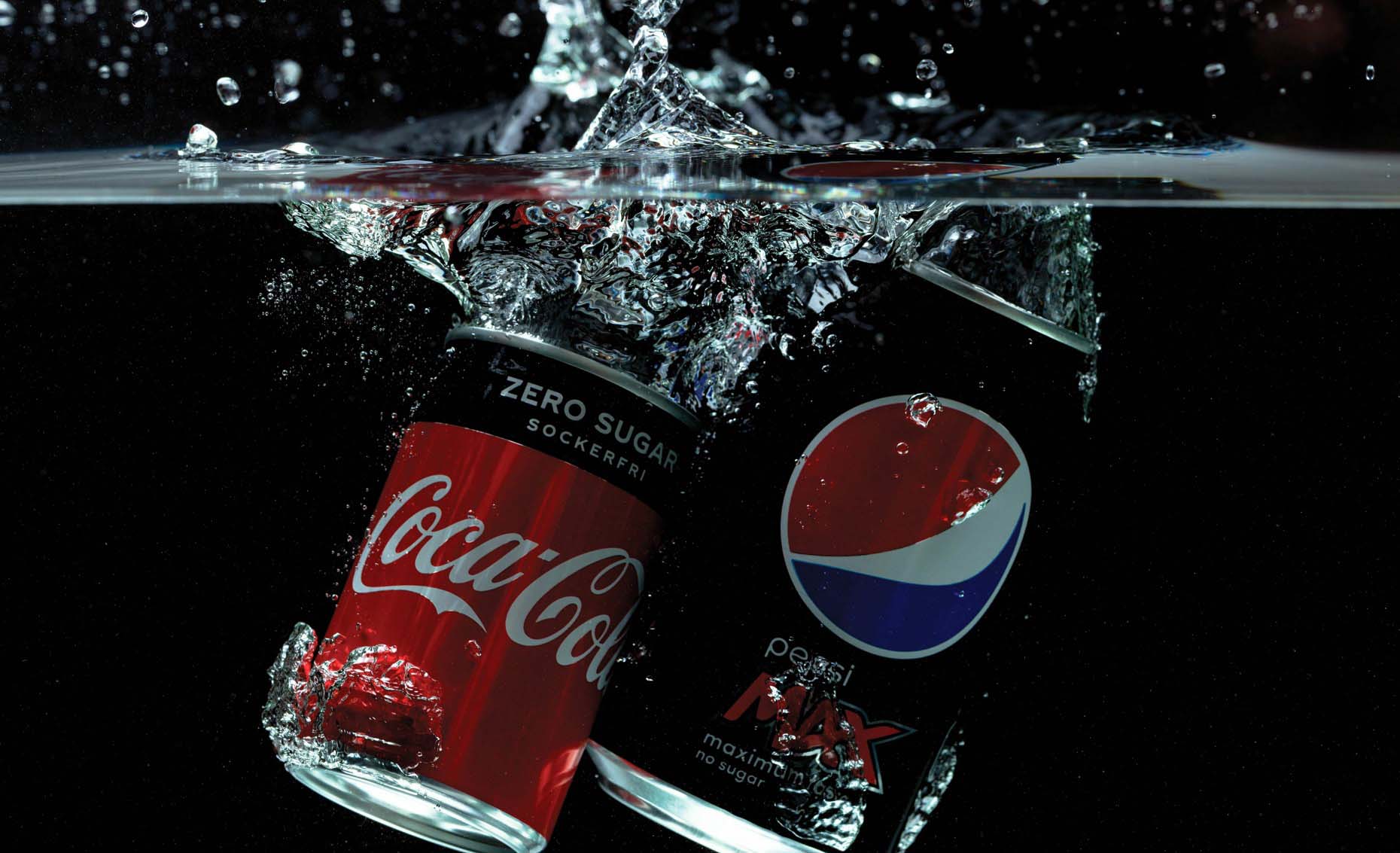What is a Competitor Company?
In business, a competitor is another business who can offer same or similar services or goods to your customers. For example, Pepsi and Coke are in contest between organizations that provide similar products or services or that target the same audience.
By: Brad Nakase, Attorney
Email | Call (800) 484-4610
Competing companies attempt to sell similar items and services to the same audience or customer base. Competing company attempts to attract, convert and retain individuals from the same customer base of a competitor company to make more profits than each other.
When business competition in the marketplace is high, both businesses and customers benefit from the competition as following:
- Higher quality products and services
- Improved company operations
- Increasingly satisfied customers
- Better client relationships
- A healthier, more profitable marketplace overall
In this article, our San Diego business dispute attorney will discuss competing company as follows:
What is an example of a competing Company?
Pepsi vs Coke
What Are the Different Types of Business Competition?
There are four types of business competition: direct competition, indirect competition, and replacement competition. When you understand your competing companies, it is easier to compete with the competitors.
What is Direct Competition in business?
Direct competition in business occurs between companies or brands that sell the same goods and services to a similar target market. When two business brands compete directly with each other, they:
- Operate within the same industry
- Offer identical or similar goods or services
- Focus on the same consumer audience
- Fulfill the same customer demand
- Use the same distribution channels
What is Indirect Competition in business?
Indirect competition in business occurs between competing companies that are not identical but fulfill the same consumer demands. For example, consider two unique types of restaurants: a sit-down Mexican restaurant business and a fast-food burger and shake shop. The two eateries do not provide the same cuisine, but they are are competing in business to satisfy a basic consumer need: hunger.
When two brands compete indirectly, each competing company is:
- Operate the business in the same industry
- Satisfy the same basic customer demand
- Focus on the same consumer audience
What is Replacement Competition?
Replacement competitors in business are brands that figured out how to offer their target audience a new, improved product. Replacement competition occurs between businesses that can replace existing companies by producing brand-new items or services that more effectively satisfy consumer demands. For example, Apple’s iPhone and Samsung’s Android replaced manufacturers of landline telephones because smartphones fulfilled customers’ demands in an improved and more practical manner.
Replacement competitors improve upon existing goods or services through innovation, reflecting not only their target customer’s current demands but also what customers will desire in the future.
What Are the Benefits of Competing Companies?
Basic economic theory demonstrates that when companies have to compete for customers, it leads to more innovation, lower prices, greater variety, higher quality of services and goods. When companies compete, they challenge each other to perpetually innovate their current goods and services and create new products. Competing companies offer the chance for businesses to continually improve their products and services.
Competition in business often provides opportunities for brands and businesses to improve the performance of their products and services. Additional benefits of business competition may include:
Understanding the Needs of Customers More Effectively
Healthy business competition pushes companies to target and fulfill client demands more quickly and effectively than their competition.
All brands want a competitive advantage, and they gain an advantage when they better understand the needs of their main audience and ensure that the brand’s products and services fit the consumer’s needs.
Competing companies, therefore, create a marketplace full of improved products, better service, and more satisfied customers. Competing companies help to improve company performance and client satisfaction.
Analyzing Company Strengths and Weaknesses
When companies compete for clients and customers, organizations seek out competitive advantages, leading businesses to evaluate the brand’s advantages and disadvantages and improve their strategies.
For example, if two health clubs in San Diego, CA, are vying for clients, one club might analyze its brand’s strengths and weaknesses. This analysis might encourage them to change their marketing or advertising strategy or offer incentives such as a one-time low monthly rate if health club clients sign up at a certain time.
When businesses analyze their operations, they make better decisions about sales, work on weaknesses, and play to their strengths. This company’s self-analysis results in stronger brands and a stronger marketplace overall.
Increasing Demand for Products and Services
Competing companies increase customer demands for specific products or services based on the brands spending more time on marketing and advertising.
When businesses can bring in customers and keep them coming back, they can increase both profits and market shares.
When companies improve their advertising campaigns, for example, brand awareness increases, and more prospective customers and clients become interested in the business’s goods or services.
Each competing company benefits from increasing customer demand, and companies may increase profits, the number of clients, and customer retention based on the increased needs of the target market.
Encouraging Improvements
Competing companies force each other to improve their strategies and products; therefore, competition leads to more innovative goods and services.
When companies compete with each other, they seek to find an edge by appealing more effectively to their customer base. In doing so, many brands improve their products or services in ingenious and inspired ways.
In a booming, competitive marketplace, technological advancement is fueled by what customers want to see and experience next. As a result, the top companies can provide customers with what they want and sometimes provide them with revolutionary products and services that customers were unaware they wanted.
Uncovering a Company’s Competitive Edge
When competing companies study each other’s tactics and tools, they better understand how to connect with their target market.
Therefore, when competing companies understand each other’s strengths and weaknesses, they also gain insight into their operations, such as what factors define or differentiate the business from others. By analyzing competitors’ strategies, brands can develop their original strategies.
Promoting Long-Term Company Development
When companies continually seek to develop their brands, build on their strengths and improve their weaknesses, they attain long-term success based on their constant progression.
Healthy business competition encourages brands to continually analyze their efforts and compare their failures and successes to their competitors. As a result, competing companies help each other succeed in the long term because brands push each other to keep improving their operations, goods, and services.
For example, when a leading technology company has no competitors and they are all alone at the top, it may lack the motivation to evolve. However, if two other companies work hard to overtake the first company, the leading company will work diligently to stay on top. Therefore, competing companies help businesses continue to develop and innovate and create a stronger marketplace overall.
4 Disadvantage of Competition in Business
- Competition in business decreases a company’s market share and the available customer base, especially if there is little demand for the products or services.
- Competition and a free market system force businesses to innovate, making it difficult to stand out and earn customer loyalty.
- When you have strong competitors, you will often lose business to them.
- Flooding the market is an excess amount of inventory for sale, causing an undesired drop in price for the product.
What Are Helpful Tips for Competing Companies?
Showcase the Company’s Uniqueness
One excellent way to increase business competition is by showcasing why the brand’s goods or services are unique in the marketplace. This strategy helps the company stand out.
For example, businesses can create advertising campaigns that clearly show how their products are better than their competitors. For example, a low-fat yogurt company might illustrate to its audience that its brand is 95% fat-free while its competitor’s yogurt is only 90% fat-free.
Showcasing how the company’s services or products more effectively satisfy the target audience’s needs encourages other companies to improve their products, stimulating continued marketplace growth.
Research the Competition
Market research allows companies to better comprehend their competitor’s tactics, including success and failure. Successful brands obtain much of their knowledge through market research.
When businesses understand why a specific marketing plan works well, they can utilize that knowledge when creating their own approach.
Make Rewarding Connections
Partnerships can help companies access new audiences and therefore expand their customer base. In addition, companies in successful partnerships trade ideas with each other and help each other improve in areas such as customer outreach and improved brand perception.
When companies compete with each other, they also have the opportunity to connect. For example, brands that sell similar goods or services can form partnerships with each other and, in doing so, help each other achieve more successful results.
Have a quick question? We answered nearly 2000 FAQs.
See all blogs: Business | Corporate | Employment
Most recent blogs:
































